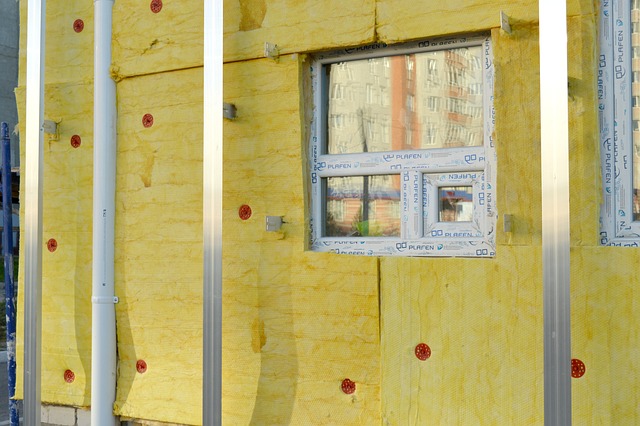Accelerating Telecommunication: The Rise of Fixed Wireless Access
Telecommunications has always been a dynamic industry. From the era of dial-up internet connections and landline telephones to today's high-speed broadband and mobile networks, the sector has seen a whirlwind of changes. Among the latest developments is Fixed Wireless Access (FWA), a technology that's transforming the way we access the internet.

FWA offers a wireless alternative to traditional broadband services, capable of delivering high-speed internet access to homes and businesses. More than just a technological novelty, FWA is poised to revolutionize the telecom industry and bring about significant changes in how we connect to the digital world.
FWA: An Emerging Trend in Telecommunications
In the past, getting connected to the internet required either a physical cable or a mobile network. FWA disrupts this paradigm by offering a wireless broadband solution that is both flexible and efficient. According to a report by Ericsson, FWA connections are expected to reach nearly 160 million by the end of 2025, indicating a growing trend in the industry.
Regulatory Changes and Their Impact
FWA’s rise has also been fueled by regulatory changes, with governments around the world releasing more spectrum for wireless broadband. This has enabled telecom operators to offer FWA services at competitive rates, driving adoption among consumers and businesses. For instance, in the United States, the Federal Communications Commission recently auctioned off additional spectrum specifically for FWA, a move that’s expected to spur further growth in the sector.
Practical Applications of FWA
FWA is more than just a new way to get online—it’s a technology that can have a deep impact on various sectors. For businesses, FWA can provide a cost-effective alternative to traditional broadband, especially in areas where laying cables isn’t feasible. For consumers, FWA can offer high-speed internet access in remote or rural areas, bridging the digital divide.
Challenges and Future Prospects
Despite its potential, FWA also faces several challenges. One of the main issues is signal degradation, which can affect service quality. However, advancements in antenna technology and signal processing are helping to mitigate these problems.
FWA’s future looks bright, with growing adoption and continuous technological advancements. As the telecom industry progresses, FWA could play a key role in shaping our connected future.
In conclusion, FWA is a promising technology that has the potential to transform the telecom industry. By offering a flexible, efficient, and cost-effective solution for broadband access, it’s set to redefine how we connect to the internet. While challenges remain, the prospects for FWA are undeniably exciting, heralding a new era in telecommunications.




